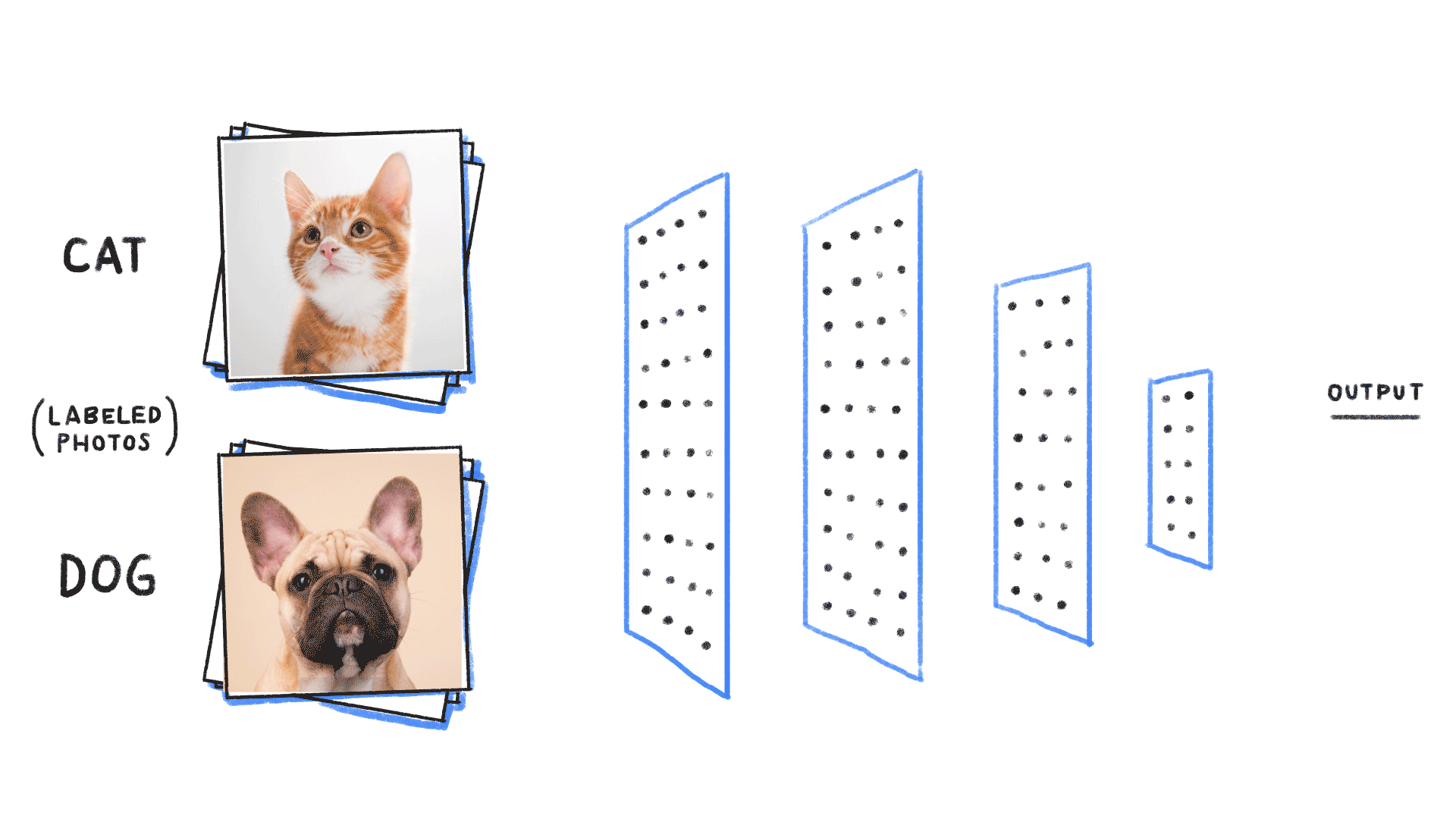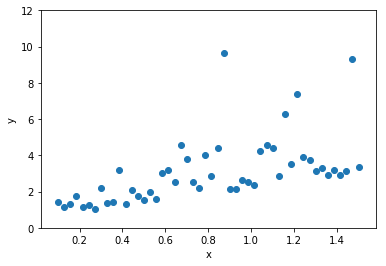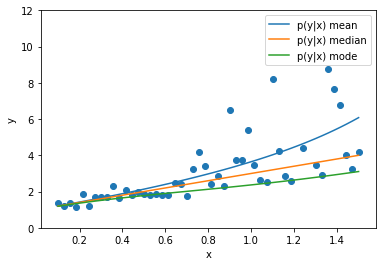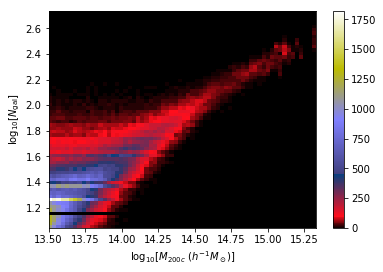Introduction to Deep Probabilistic Learning
ML Sesion @ Astro Hack Week 2019

Francois Lanusse @EiffL
Gabriella Contardo @contardog

Follow the slides live at
https://slides.com/eiffl/tf_proba/live

credit: Venkatesh Tata
Let's start with binary classification
=> This means expressing the posterior as a Bernoulli distribution with parameter predicted by a neural network
How do we adjust this parametric distribution to match the true posterior ?
Step 1: We neeed some data
cat or dog image
label 1 for cat, 0 for dog
Probability of including cats and dogs in my dataset

Google Image search results for cats and dogs
How do we adjust this parametric distribution to match the true posterior ?
A distance between distributions: the Kullback-Leibler Divergence
Step 2: We need a tool to compare distributions
Minimizing this KL divergence is equivalent to minimizing the negative log likelihood of the model
At minimum negative log likelihood, up to a prior term, the model recovers the Bayesian posterior
with
How do we adjust this parametric distribution to match the true posterior ?
In our case of binary classification:
We recover the binary cross entropy loss function !
The Probabilistic Deep Learning Recipe
- Express the output of the model as a distribution
- Optimize for the negative log likelihood
- Maybe adjust by a ratio of proposal to prior if the training set is not distributed according to the prior
- Profit!
How do we do this in practice?
import tensorflow as tf
import tensorflow_probability as tfp
tfd = tfp.distributions
# Build model.
model = tf.keras.Sequential([
tf.keras.layers.Dense(1+1),
tfp.layers.IndependentNormal(1),
])
# Define the loss function:
negloglik = lambda x, q: - q.log_prob(x)
# Do inference.
model.compile(optimizer='adam', loss=negloglik)
model.fit(x, y, epochs=500)
# Make predictions.
yhat = model(x_tst)Let's try it out!

This is our data
Build a regression model for y gvien x

import tensorflow.keras as keras
import tensorflow_probability as tfp
# Number of components in the Gaussian Mixture
num_components = 16
# Shape of the distribution
event_shape = [1]
# Utility function to compute how many parameters this distribution requires
params_size = tfp.layers.MixtureNormal.params_size(num_components, event_shape)
gmm_model = keras.Sequential([
keras.layers.Dense(units=128, activation='relu', input_shape=(1,)),
keras.layers.Dense(units=128, activation='tanh'),
keras.layers.Dense(params_size),
tfp.layers.MixtureNormal(num_components, event_shape)
])
negloglik = lambda y, q: -q.log_prob(y)
gmm_model.compile(loss=negloglik, optimizer='adam')
gmm_model.fit(x_train.reshape((-1,1)), y_train.reshape((-1,1)),
batch_size=256, epochs=20)Let's try to do some science now


Introduction to Deep Probabilistic Learning
By eiffl
Introduction to Deep Probabilistic Learning
- 1,319



